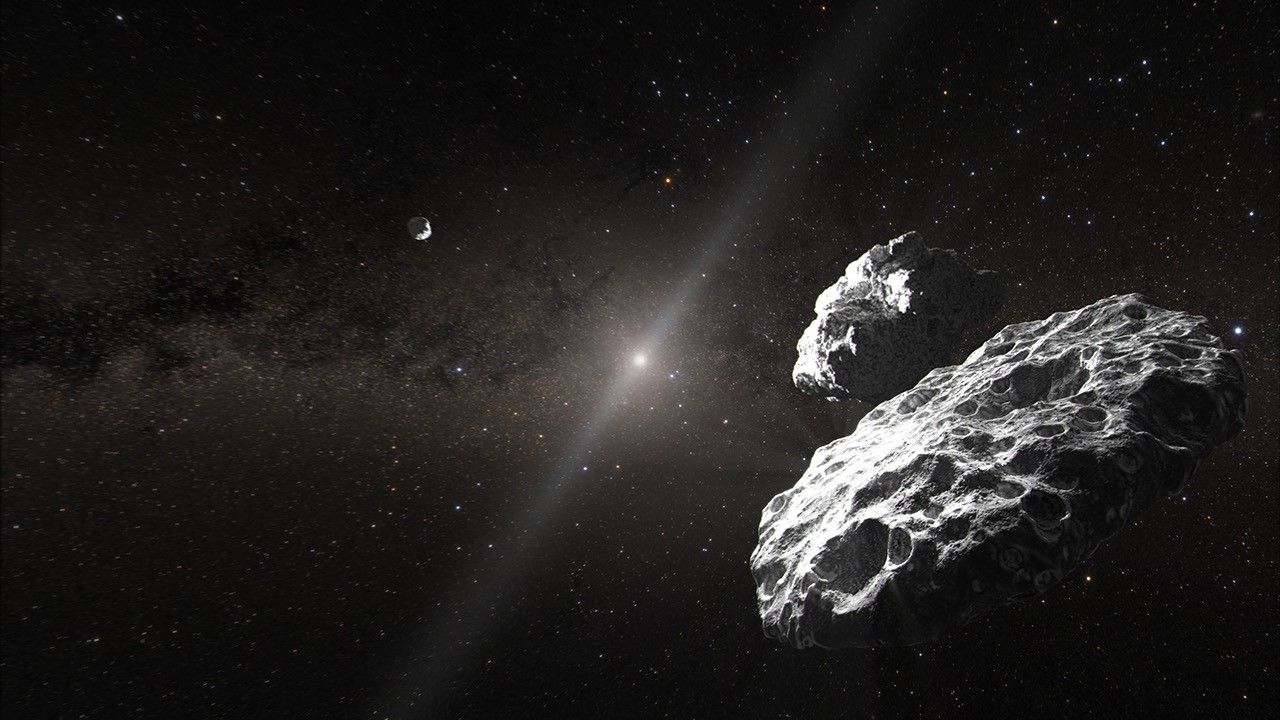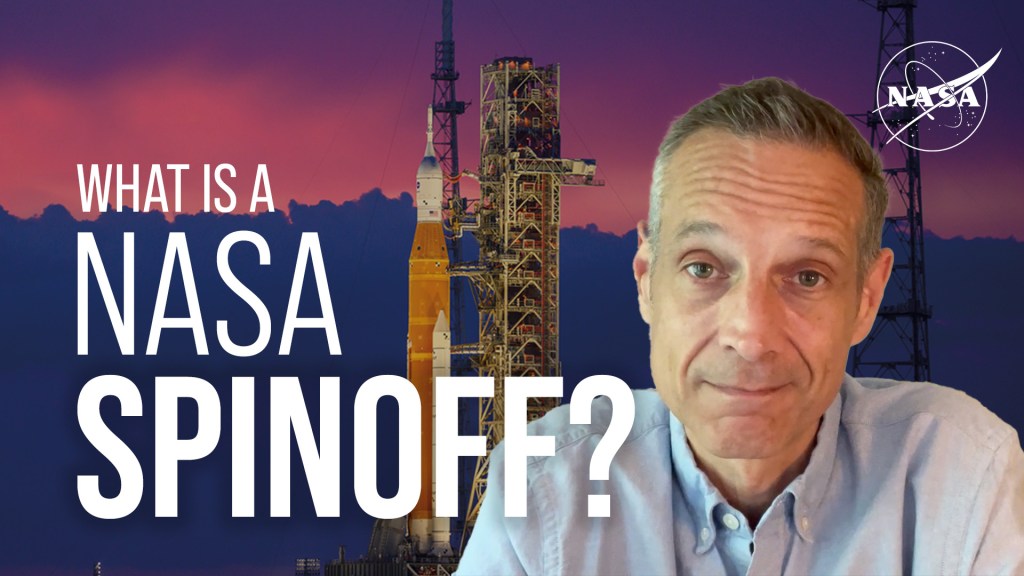This week in 1965, SA-9, the eighth Saturn flight, launched from Cape Kennedy Launch Complex in Florida. This was the first Saturn flight with an operational payload – the Pegasus I meteoroid detection satellite. Pegasus was developed by Fairchild Stratos Corporation for NASA through the agency’s Marshall Space Flight Center. A Pegasus satellite also flew aboard the SA-8 and SA-10 missions in 1965. After being placed in orbit around Earth, the satellite electronically recorded the size and frequency of particles in space and compared the performance of protected and unprotected solar cells as important preliminaries to crewed flights to the Moon. Today, Marshall is playing a vital role in the Artemis program by developing the Space Launch System, the backbone of NASA’s exploration plans and the only rocket capable of sending humans to the Moon and Mars. The NASA History Program is responsible for generating, disseminating, and preserving NASA’s remarkable history and providing a comprehensive understanding of the institutional, cultural, social, political, economic, technological, and scientific aspects of NASA’s activities in aeronautics and space. For more pictures like this one and to connect to NASA’s history, visit the Marshall History Program’s webpage. (NASA)
1 min read


























